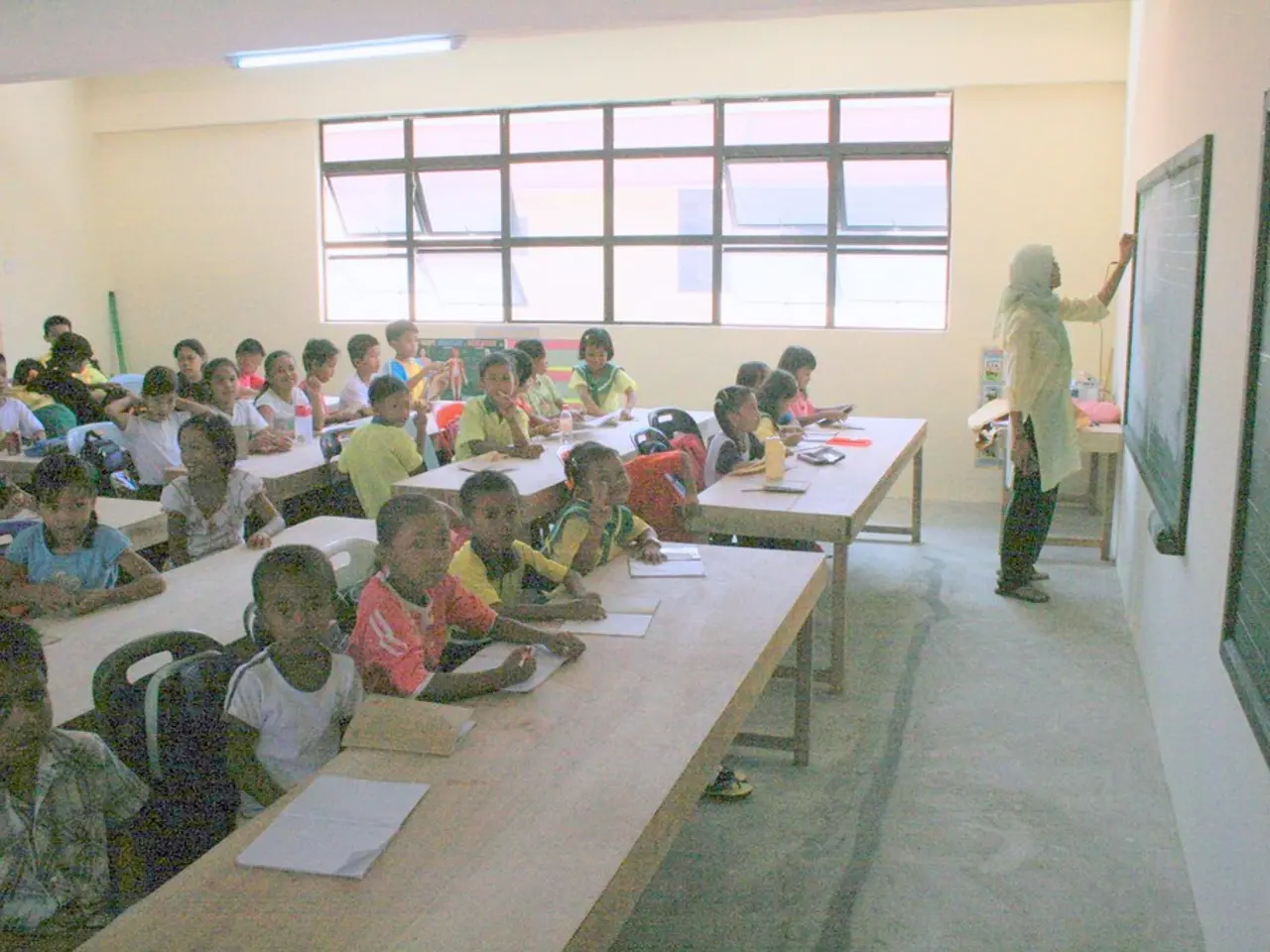Urban rodent infestation intensifies in metropolises like Bremen: Study uncovers causes and solutions
Rising Rat Populations Threaten Urban Areas in Bremen, Germany
Discussion about Bremen's rat problem persists, with local authorities continuing to grapple with a disproportionately large rodent population. Even as early as January of this year, the Bremen parliament debated potential solutions. An international study underscores the urgency of the situation, revealing that urban rat populations are primarily driven by two main factors: an increase in temperature and abundant food supplies.
In 2024, the district council of Gröpelingen acknowledged a rat infestation in the western part of Bremen and passed a resolution for a systematic eradication of the rodents. However, the responsible health department deemed immediate action unnecessary and declined to highlight specific districts.
With sightings of rats becoming increasingly common, the number of the rodents, particularly in urban areas, continues to climb. While it might initially seem that this increase indicates poor living conditions, an international study has shown that the main reasons for the rise in rat populations, especially in densely populated cities, are the extended active periods of rats due to warmer temperatures and the overabundance of food supplies.
Factors Fueling Urban Rat Populations
The study, conducted over about twelve years in 16 frequently visited cities worldwide, identified three predominant factors:
- Infrastructure and Hiding Spaces
- Aging sewers and extensive tunnels offer ideal rat habitats, allowing them to move undetected in city centers[1].
- Reduced Natural Predators
- Urban expansion can diminish the populations of natural rat predators, leading to unchecked rodent proliferation[4].
- Climate Change and Waste Management
- Rising temperatures, changing weather patterns, and poor waste disposal encourage rat survival and reproduction[3].
- Socio-Economic and Systemic Factors
- Marginalized and low-income neighborhoods often face insufficient sanitation services and neglected infrastructure, both of which attract rats and complicate control efforts[5].
- Urban Barriers and Migration Patterns
- Large roads and multiple lanes can hinder rat migration between neighborhoods, but within high-density areas, rats can travel hundreds of meters, maintaining connectivity and spreading diseases[2].
Addressing the Root Causes
To prevent relying on short-term solutions, there is a growing demand for long-term strategies for sustainable rat control that minimize ecological disruption and public health risks. While climate change regulation primarily requires international action, local impact can be made through new urban architecture and other measures[6].
Preventing Infestations and Mitigating Risks
Implementing sustainable, long-term strategies to manage urban rat populations requires addressing both the environmental conditions that support rat populations and the socio-economic factors exacerbating infestations. Cities can develop comprehensive strategies such as improved sanitation and waste management, habitat modification, integrated pest management, community engagement, green infrastructure, and ongoing research to protect public health and urban ecosystems.
- Despite the ongoing rat problem in Bremen, it seems that climate change and environmental science play significant roles in fueling urban rat populations around the world, as revealed by an international study.
- To tackle Bremen's rat issue effectively and prevent future infestations, health-and-wellness authorities could consider adopting comprehensive strategies from the field of environmental science, including improved waste management, habitat modification, and community engagement, as suggested in the addressing the root causes section of the study.








